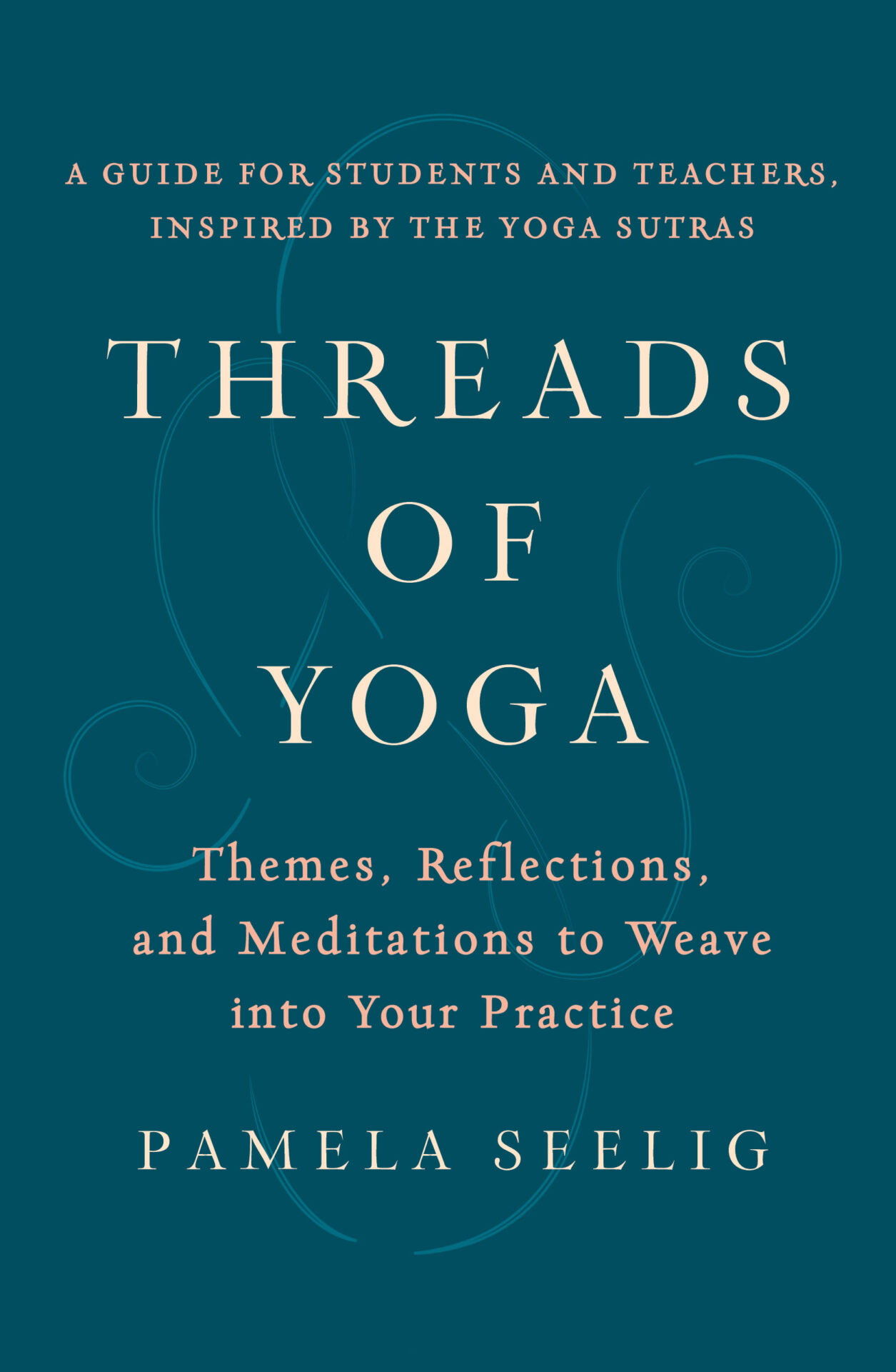It took me decades of yoga practice to begin to perceive a fundamental yogic teaching. I was not a quick study. The thick layers of my persona only began to soften after years of “trying” to meditate, twisting and hopping on a yoga mat, and conscious breathing.
These layers of opinions, beliefs, and assumptions may be necessary at first, but over time become restrictive. Yoga practice loosens our limiting mental constructs and exposes what needs to go. This process is beautiful, sometimes painful, and liberating.
The key teaching that finally seeped into my awareness is ever-present throughout yogic wisdom. The Yoga Sutras, a foundational 2,300-year-old yogic text written by the Indian sage Patanjali, plainly lays this out:
Yoga is the quieting of the mind-stuff sutra 2, book 1
And then the seer abides in her true nature sutra 3, book 1
I read these two sutras many times over the years but did not grasp their interconnection. Since yoga is the quieting of the mind, trying to quiet the mind took all of my attention and effort. I mistakenly thought that without a quiet mind, I could not advance to the next sutra. Like in a video game, I had not earned access to the next level.
But the third sutra, “and then the seer abides in her true nature,” provides context and tells us why we quiet the mind, or more broadly, why we do yoga. Without understanding the purpose of quieting the mind, the task itself may always feel out of reach.
It can be transformative when we realize that the aim is to “abide in our true nature” or, put another way, to know who we truly are. We see that we don’t need to do anything or get anywhere. What we seek is already here – we’re already there.
For me, this realization was a relief. I no longer needed to do but instead began to focus on undoing. This new perspective spotlighted outdated, habitual thoughts and activities that were ready to be released. Resting in awareness and presence expanded.
Learning to relax, surrender, and accept presents a path to a quiet mind. Such traits may feel unnatural as our busy, modern culture does not necessarily embrace relaxing or being ok with what is. We are taught from a young age to do, and we become adept doers. But, as the phrase goes, “we are human beings, not human doings.” Recognizing and letting go of constant and unnecessary doing is the practice.
Patanjali makes it clear, and we should remember that when we quiet the mind, we “abide in our true nature.” We are learning to be. What could be more essential?
Pamela Seelig is a yoga teacher and the author of Threads of Yoga: Themes, Reflections, and Meditations to Weave into Your Practice. She began her yoga and meditation journey in 1991 when an illness interrupted her Wall Street career. Along with helping recovery, the impact of her meditation led to a lifelong pursuit of perceiving and sharing yogic wisdom through practice, teaching, and writing. She lives in New Jersey where she practices yoga, teaches yoga workshops, writes, and empty-nests with her husband, Bob, and dog, Bodhi.
is a yoga teacher and the author of Threads of Yoga: Themes, Reflections, and Meditations to Weave into Your Practice. She began her yoga and meditation journey in 1991 when an illness interrupted her Wall Street career. Along with helping recovery, the impact of her meditation led to a lifelong pursuit of perceiving and sharing yogic wisdom through practice, teaching, and writing. She lives in New Jersey where she practices yoga, teaches yoga workshops, writes, and empty-nests with her husband, Bob, and dog, Bodhi.




















